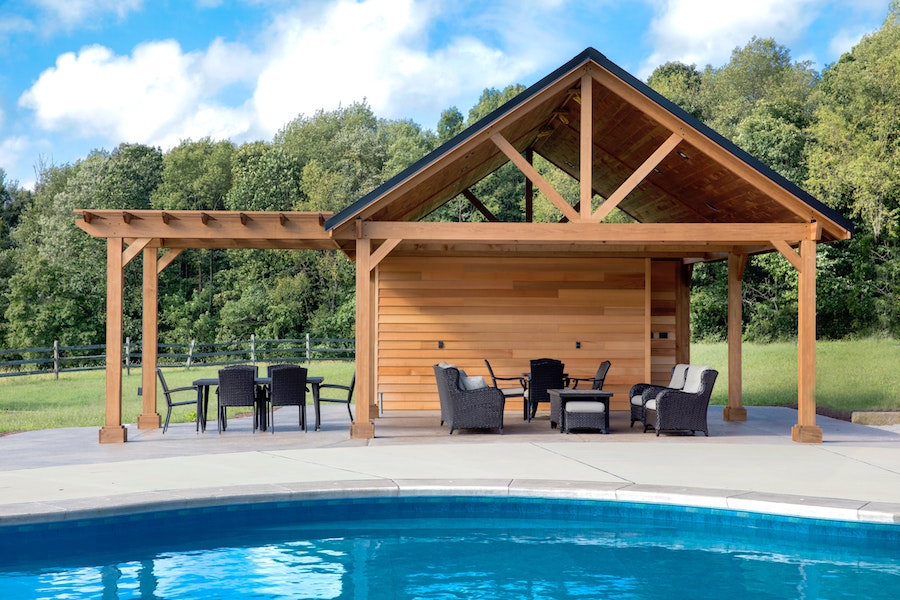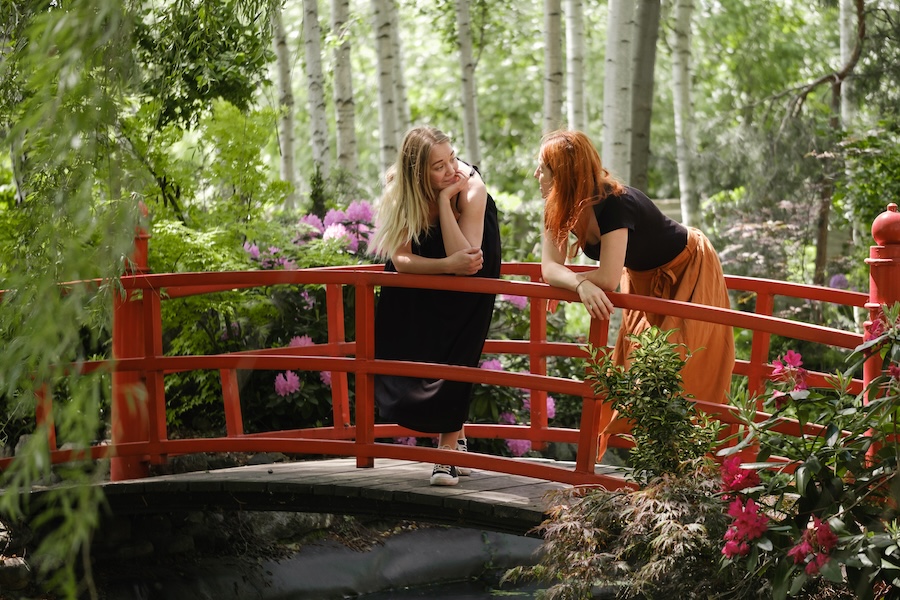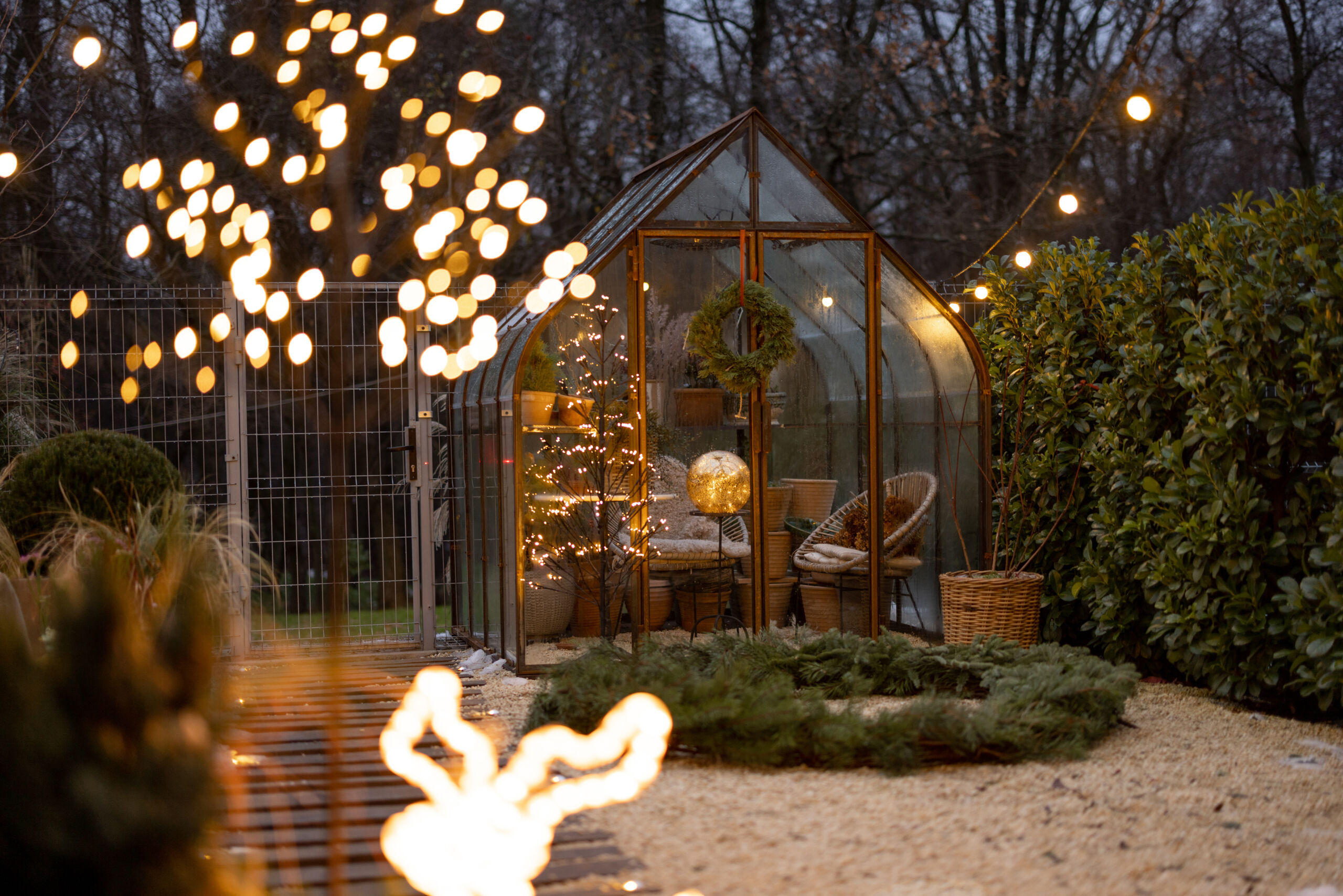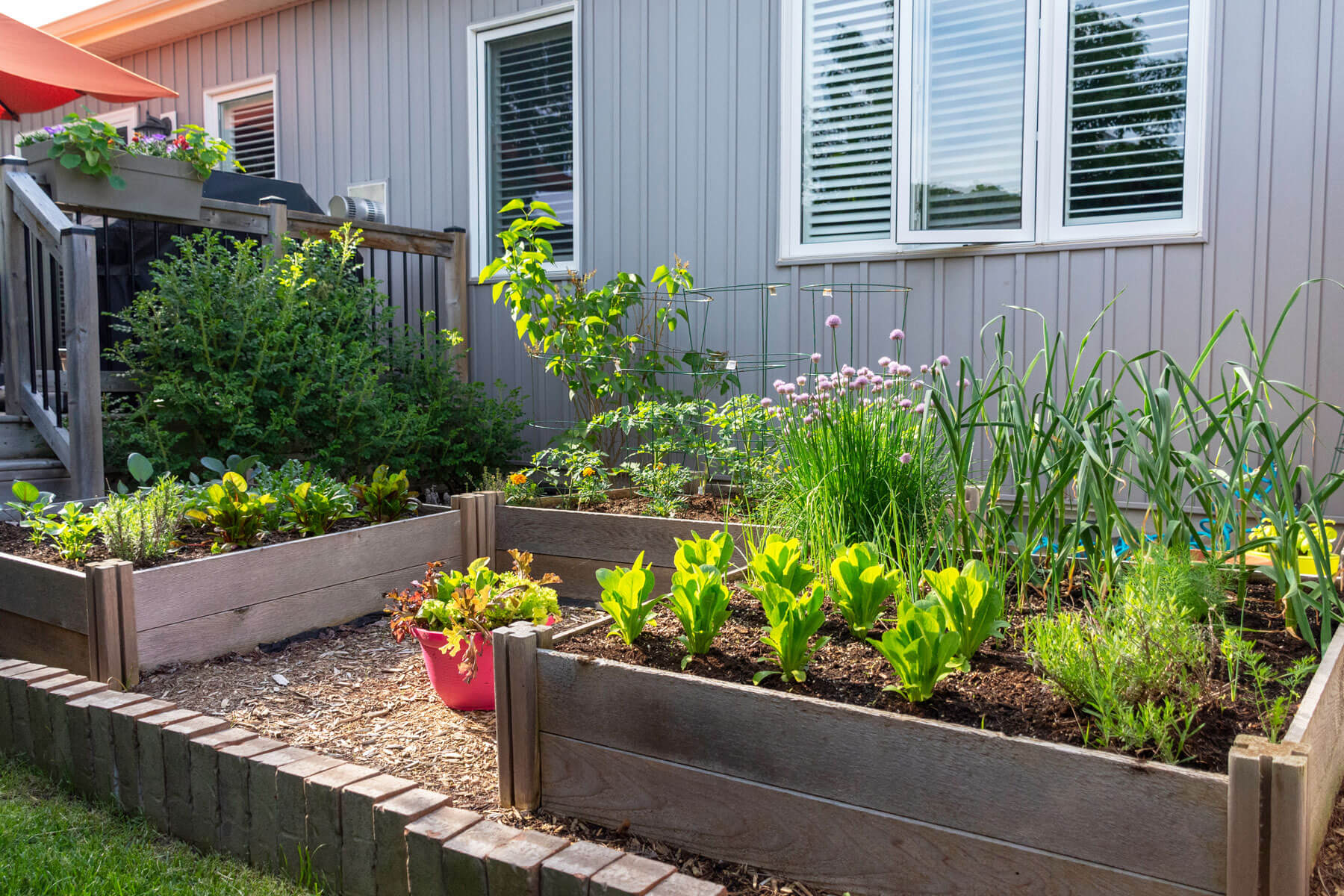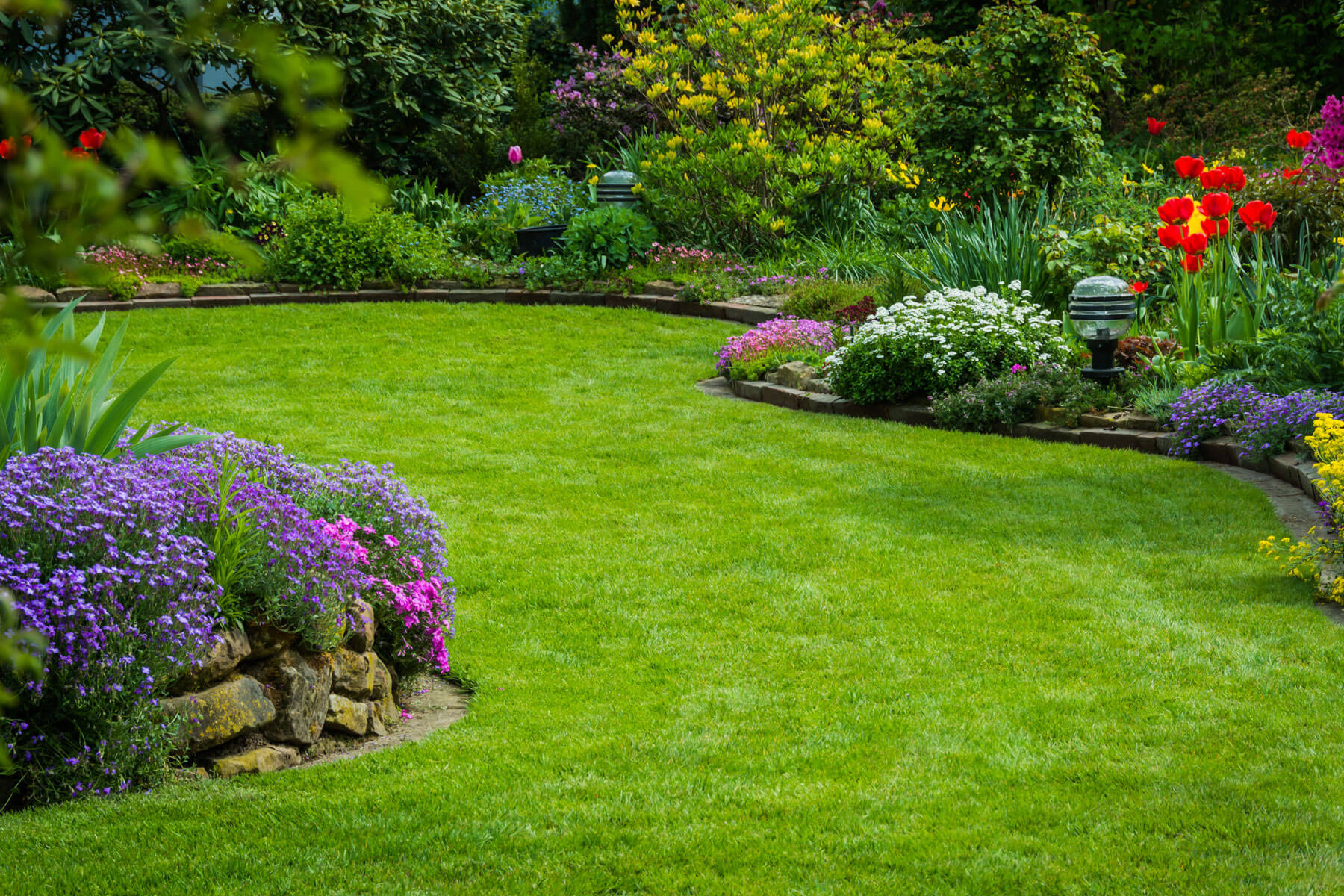Exploring Different Types of Enclosed Patios for Your Backyard Oasis
Looking to enhance your outdoor living experience? Enclosed patios offer a perfect blend of comfort and connection with nature. Discover the myriad benefits and design options tailored for your backyard retreat.
Whether you’re looking for more privacy or a place to escape in tranquility, an enclosed patio is the answer. We will explain some of the many benefits an enclosure offers, along with the different types of enclosed patios and how to select the best option for your backyard.
What is an Enclosed Patio?
An enclosed patio is an outdoor patio that is most often an extension of your home. It is enclosed in a way that gives an indoor-outdoor feel, while still being a part of your home. Enclosures can also be separated from your home.
Benefits of Enclosed Patios for Year-Round Enjoyment
An enclosed patio gives you the feeling of being outdoors while protecting you from the sun, insects, and adverse weather conditions. This is great for protecting your outdoor furniture against the elements.
Having an enclosure also helps to extend your living space, and can be enjoyed year-round, making an enclosed patio a great option for homeowners that love to entertain guests.
Enclosures are also a great option if outdoor cooking and dining are important to you.
Choosing the Perfect Enclosure: Sunrooms, Verandas, and More
There are several different types of enclosures to consider, the most popular being:
Sunrooms: Bask in Natural Splendor
Sunrooms offer a sanctuary bathed in sunlight, ideal for relaxation and leisure activities. With expansive windows and direct access to the outdoors, they seamlessly blend indoor comfort with outdoor vistas
It is a room that is often used for leisure activities, like reading, painting, listening to music, and other hobbies.
Screened-In Porches: Embrace Outdoor Serenity
A screened-in-porch is similar to a sunroom but offers a more outdoorsy feel. Rather than traditional walls and windows that make a sunroom feel more like a typical room in your home, a screened-in porch is enclosed by wooden beams and screens.
Sitting in a screened-in-porch feels more like you are outside in your yard, as you can still hear all of the sounds of nature and feel the breeze on your face. A downside of this is that screened-in porches are often not suitable for cold winter climates and need to be winterized.
Solarium
A solarium is also similar to a sunroom, except for the fact that it is almost entirely made up of floor-to-ceiling windows, offering incredible views of the outdoors along with plenty of natural sunlight. This is a great option for those who enjoy the sun during the day and stargazing at night.
However, because they are almost entirely made of glass, it can be difficult to control the temperature in a solarium on hot, sunny days.
Like sunrooms, solariums are an extension of your home and are typically used for leisure activities.
Pavilion/Gazebo
A pavilion, also known as a gazebo, is an outdoor structure that offers shade and protection from the elements but is often not attached to your home.
Verandas: Classic Charm Meets Modern Comfort
A veranda is a patio that has a roof-like structure but remains open in front and on the sides with beams supporting the roof. A veranda is an extension of your home and is often attached to the back of the house.
This is a great option for those who want to spend time outdoors but want a bit of shade from the sun.
Pergolas: Aesthetic Appeal with a Hint of Nature
A pergola is a wooden structure that is similar to a gazebo but is open on the sides and semi-open on the top to allow some sunlight to shine through.
While technically not an “enclosed” patio, installing a pergola to cover your outdoor patio is a great way to add privacy and shade to your outdoor space without the effort (and cost) of building an extension on your home.
Factors Impacting the Cost of Patio Enclosures
Whether you’re dreaming of sun-soaked verandas or cozy three-season rooms, understanding the nuances of enclosed patio designs and costs is key. From selecting the ideal enclosure to managing permits and budgets, let’s dive into the world of outdoor living transformations.
Choice Of Enclosure
Certain types of enclosures are bound to cost more to build, as they are more complex to construct. Examples of more expensive enclosures include additions to your home such as screened-in porches, sunrooms, and solariums.
The more cost-effective options are gazebos, pergolas, and verandas.
Size Matters: Tailoring Your Enclosure to Your Space
The larger the space, the more you will pay for materials and labour. So, if you have a larger home or backyard, your enclosure will likely be on the larger side, which will drive up the cost.
Custom Designs and Decor: Elevating Your Patio Aesthetics
It goes without saying that you will end up paying much more for complex designs. For instance, a simple wooden pergola will cost much less than a large gazebo made from more expensive materials.
Maximizing Natural Light: Balancing Windows and Budgets
Windows can be costly to install, so if you’re planning on building a sunroom or solarium that has several large windows, the project will be more expensive.
Navigating Permits: Understanding Legal Requirements
For projects that require an addition to your home, like screened-in porches and sunrooms, obtaining a permit from your local municipality will most often be required.
Conclusion: Transform Your Outdoor Space with Enclosed Patios
As you can see, an enclosed patio is a great way to enjoy more time outside in your backyard. However, building one is not as simple as drawing up the plans and starting construction.
Depending on what type of enclosure you are interested in, it’s crucial that you consult with a landscape designer with experience with these types of projects, along with your local building regulations.
Because, when the job is done properly, you can have peace of mind knowing that your enclosure will last for years to come without any unexpected issues down the road.

